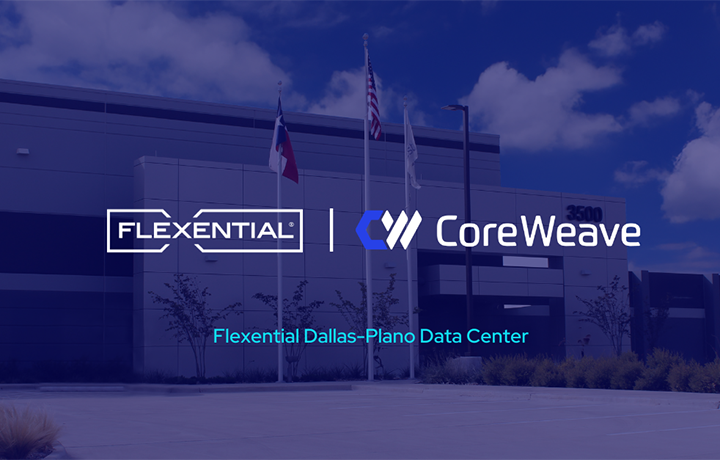7 tips to optimize cloud architecture for application delivery
After the events of the past few years, innovative IT leaders are taking a step back and evaluating whether the way they were doing business before is still viable. They are refocusing their efforts on opportunities to streamline processes and improve efficiencies around critical business drivers like application development and IT optimization.

Applications are key revenue drivers for many businesses and IT leaders are under substantial pressure to manage them efficiently, while simultaneously developing new applications. Unfortunately, the obstacles to agile application delivery are significant.
Hybrid IT brings flexibility
Most organizations are using hybrid IT environments, which means that IT leaders often need to maintain a mixture of on-premise and off-premise applications, and legacy and cloud-native applications. What's more, many enterprises are still tied to development platforms that are siloed and expensive to maintain—slowing development work to a crawl—and application performance is frequently suboptimal due to poor integrations, infrastructure issues and network latency. As a result, costs climb, control becomes fragmented and efficiency drops.
In an effort to streamline processes and improve efficiencies around application development and IT optimization, many IT leaders are turning to a flexible cloud platform and solutions which include a comprehensive portfolio of managed services to deliver high-performance and agility across the entire application lifecycle.
What to look for in a cloud solution
- Flexible and customizable: Innovative IT leaders are looking beyond the out-of-the-box IT solutions of the past decade toward customizable solutions that recognize that one size does not fit all. There are new cloud solutions that give organizations control over the scale of the underlying infrastructure so that they can select the performance characteristics that best suit their unique needs and budget. Importantly, the best modern cloud solutions are also able to flex over time as business requirements change.
- Built-in security: Make sure the cloud platform comes with pre-integrated security and compliance and built-in security options to protect enterprise applications and data—and not just at a single point in time. There are cloud service providers that continuously monitor and manage security postures to ensure they’re always up to date.
- Accessible: The cloud platform should be built on a network that delivers the optimal blend of public and private environments—with managed and unmanaged service options—available across geographies to ensure the organization will have low latency connections to customers and direct access to hyperscale providers.
- Managed services: The best cloud solutions offer a team of highly certified technical experts who can off-load and manage IT services within the existing IT environment, including databases, operating systems, security, network, storage, servers, and virtual machines.
- Self-service management: The ideal self-service portal allows IT administrators to manage and monitor a cloud environment holistically and in real-time so that organizations can efficiently respond to a disruption or change and can continuously optimize their cloud environments to ensure all applications are operating at peak performance. The self-service portal should also allow administrators to instantly provision the IT resources and environment needed to stand up new applications and workflows—and equally important— the ability to reclaim stranded resources by monitoring recent activity.
- Integrated disaster recovery: IT leaders should look for a cloud platform that comes with an integrated business continuity and disaster recovery solution. The solution should deliver a fully recoverable production environment and should be backed by high-performance service-level agreements.
- Consultative approach: Most IT leaders are managing the complex task of overseeing an infrastructure where workloads are running in both private and public cloud environments. A cloud service provider that takes a consultative approach can help align the right services with the needs and requirements of specific applications.
The process of going through a digital transformation can be extremely daunting and complex—especially in geographically dispersed IT environments that power a variety of mission-critical applications. However, if this effort is done in a well-thought-out and strategic manner—the benefits to your organization will far outweigh the investment in time and resources.
Learn more about Flexential cloud solutions.







